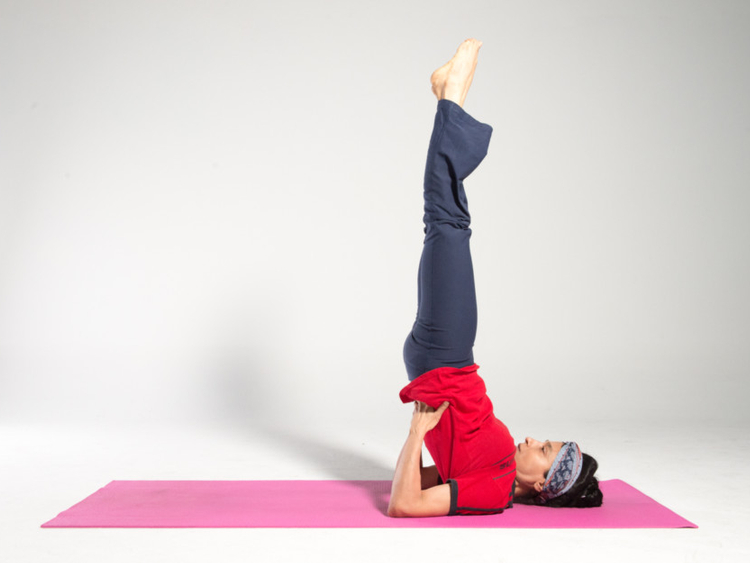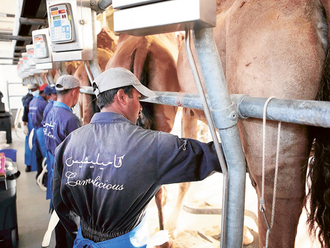
Health: A vegetarian diet reduces the risk of many chronic degenerative ailments, such as heart disease, various cancers, obesity, hypertension, and diabetes to name a few. Meat eaters are taxing their digestive system and are increasing their risk of life threatening diseases. The meat industry endangers public health by fostering deadly viruses and bacteria.
Let me explain this in detail….
The harmful bacteria, virus and other toxic gases are present in the excretion of animals in factory farms. These toxic gases and bacteria, through air, spreads over a wide area. When the cesspool that holds tons of urine and faeces are full, factory farms frequently spray liquid manure into the air. People living miles around inhale this toxic air and can suffer from respiratory disorders like asthma. The toxic gases like methane and ammonia present in faecal matter are the cause of many respiratory disorders.
These fumes that come out of manure pits have been also linked to depression and anxiety.
Animal excreta also causes bacterial infections like E. coli and Salmonella.
Living near a factory farm is catastrophic to pregnant women, too. Manure from factory farms seep into groundwater and is ingested by people. This water with nitrate level as high as 10 mg/litre can cause the “blue baby syndrome”, miscarriages, and birth defects such as thyroidism.
The antibiotics that we depend on to treat us are given to animals to keep them alive in horrific living conditions. Countless antibiotic resistant bacteria have developed as a result of this abusive practice. What does this mean?
Well, when we get sick, the antibiotics that doctors prescribe us may no longer work!
For example, Vancomycin is a drug that is known as “last defence “in fighting deadly blood infection and pneumonia. This is becoming obsolete because resistant strains have developed in farm animals, who are given this medicine as a growth stimulant!!!
Animal welfare: Raising animals for food requires a massive amount of land, food, energy and water. Factory farming strives to produce the most amount of meat, eggs, as quickly as possible and in the smallest amount of space, often resulting in highly abusive living conditions for animals. Cows, chickens, turkeys and other animals are kept in small cages, where they are unable to move. They are deprived from any exercise so that all their energy goes towards producing more meat (get fat) and eggs. They are also genetically manipulated to grow faster.
So, increased vegetarianism, essentially means decreased livestock farming.
Environment: Billions of pounds of manure that factory farms produce goes into rivers, lakes and other waterways along with hormones, drugs and bacteria!
Carbon dioxide, methane and nitrous oxide together contribute immensely to global warming – 80 per cent of ammonia emission comes from animal waste.
Let me give you an example. Producing a little more than 2 pounds or about 1 kilogram of beef causes more greenhouse emissions than driving a car for 3 hours. Isn’t this shocking?
A vegetarian lifestyle will help address some key environmental concerns. In an interview with People for the Ethical Treatment of Animals (Peta) Sir Paul Mc Cartney says about turning vegetarian: “… this is a simple but extremely effective step that many people could take to help the environment and improve their own health at the same time. If every American skipped one meal of chicken per week and substituted vegetarian food instead, the carbon dioxide saving would be the same as taking more than a half a million cars off US roads.”
Money: A person leading a vegetarian lifestyle tends to spend much lesser compared to their meat eating counterparts. Vegetarian food tends to be cheaper - this includes both - the raw ingredients purchased from supermarkets and restaurant meals.
Let’s see some statistical data.
Cattle require 28 times more land to produce, 11 times more water and results in 5 times more emissions when compared to staples like potatoes, wheat and rice.
Let’s compare the carbon footprints of 5 different diets – based on carbon dioxide pollution an average male emits:
High meat eaters (more than 100 gms/day) - 16 pounds/7.27 kg/day
Low meat eaters (less than 50 gms/day) - 10.3 pounds/4.68 kg/day
Fish eaters - 8.7 pounds/3.95 kg/day
Vegetarian - 7.8 pounds/3.54 kg/day
Vegan - 6.3 pounds/2.86 kg/day
Thus, the highest dietary GHG - greenhouse gas - emissions were found in meat eaters and lowest in vegans.
It is clear that we humans are better off in many ways by eating vegetables, fruits and grains - the benefits are multifold. We can help this planet simply by changing what’s on our plate!
Yoga for you
- Lie on your back with your arms beside you, palms facing downwards.
- As you inhale, use your abdominal muscles to lift your feet off the floor, raising your legs vertically at a 90 degree angle.
- Continue to breathe normally and supporting your hips and back with your hands, lift them off the ground.
- Fold your legs to drop near your ears, then extend them till your toes touch the floor. Your back should be perpendicular to the floor.
- Hold the pose as long as you can do so comfortably, without straining your neck or shoulders.
- Anything from a few seconds to a minute is good.
- To come out of the pose, bring your legs back close to your ears and then gently sweep them back, to lie flat. Avoid any rapid or jerky movements. Please do this pose under supervision of an experienced teacher.
- Ideally, it should be followed by a counter pose, such as Cobra or Bhujangasana.
- Strengthens and opens up the neck, shoulders, abdominal and back muscles
- Calms the nervous system, reduces stress and fatigue
- Tones the legs
- Stimulates the thyroid gland, strengthens the immune system
- Stimulates the thyroid and parathyroid glands and normalises their functions
- Strengthens the arms and shoulders and keeps the spine flexible
- Nourishing brain with more blood
- Stretches the heart muscles by returning more venous blood to the heart
- Brings relief from constipation, indigestion and varicose veins
Editor’s Note: The blogger is a homeopath, lifelong vegetarian and high level yoga practitioner.












